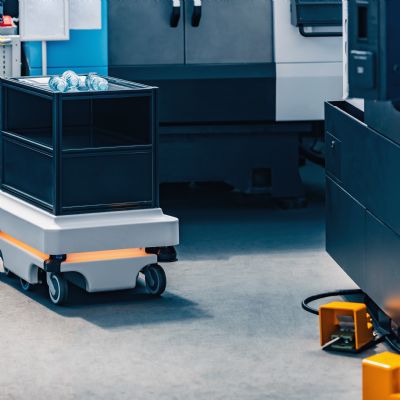Developing a Health and Safety Program
January 1, 2008Comments
A healthy and safe work environment begins with commitment and a program tailored to fit the company, to help employers maintain a system that continually focuses on prevention of workplace injuries and illnesses. From ergonomic-related hazards to press-safety issues such as machine guarding and lockout/tagout, safety is a central value for those in the metalforming industry.
Following are tips to developing and maintaining a safe and healthy workplace, provided by Gary Ganson, a certified industrial hygienist and safety professional with Terracon Consultants, Inc., Kansas City, MO.
Establish a Team Environment
Employers and employees must work together to make safety and health a priority and a responsibility equal to that of production and quality. This collaborative safety environment can be established by following a few key steps.
1) Safety begins at the top and must involve everyone at the facility in health and safety through policymaking, committees and other activities.
2) Post the company’s written safety and health policy as a regular reminder of the company’s commitment to health and safety.
3) Invest the company’s time, effort and money in the safety and health program.
4) Abide by all safety and health rules.
Analyze Potential Problems
In order to establish an effective health and safety program, management and employees must perform scheduled evaluations of all worksite conditions to identify and eliminate existing or potential hazards. A few important steps will ensure a successful workplace analysis.
1) Involve affected employees in the hazard-analysis process and include their knowledge of the job and tasks. It will help minimize oversights, ensure a quality analysis and get workers to buy in to the solutions.
2) Review the worksite’s history of accidents and occupational illnesses that needed treatment, losses that required repair or replacement and any near misses in which an accident did not occur but could have. These can indicate inadequate existing hazard controls.
3) Discuss the hazards that employees know exist in their current work and surroundings. Brainstorm with them for ideas to eliminate or control those hazards. Don’t wait until the job-hazard analysis is complete or an incident occurs to fix problems.







